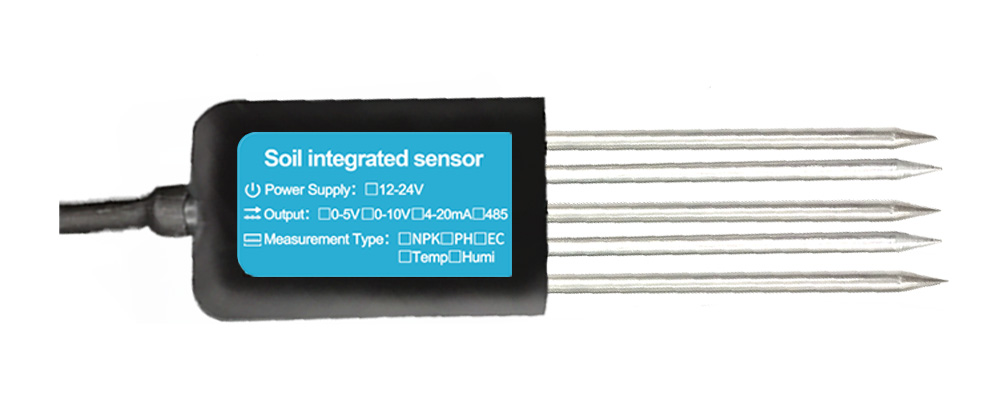Modern agriculture is constantly evolving, with new technologies and innovations revolutionizing the way we grow and produce food. One such innovation that has had a significant impact on agriculture is the development and use of soil sensors. These devices have the potential to transform the way farmers manage their crops, leading to more efficient and sustainable farming practices. In this article, we will explore the impact of soil sensors on modern agriculture, and how they are helping to unearth the potential of our soil.

Understanding Soil Sensors
Soil sensors are devices that are used to measure various properties of the soil, such as moisture levels, temperature, and nutrient content. These sensors can be placed in the ground at different depths to provide a comprehensive picture of the soil conditions. By collecting data on these properties, farmers can make more informed decisions about irrigation, fertilizer application, and other aspects of crop management.
The Impact on Water Management
One of the most significant impacts of soil sensors on modern agriculture is their ability to improve water management. By accurately measuring soil moisture levels, farmers can determine when and how much to irrigate their crops. This not only helps to conserve water, but also ensures that crops receive the right amount of moisture, leading to better yields and quality.
In addition, soil sensors can help to prevent over-irrigation, which can lead to waterlogging and nutrient leaching. By providing real-time data on soil moisture levels, these sensors enable farmers to apply water only when and where it is needed, reducing the risk of water waste and environmental damage.
Enhancing Nutrient Management
Another key impact of soil sensors is their ability to enhance nutrient management. By measuring the nutrient content of the soil, these devices can help farmers to optimize their fertilizer application, ensuring that crops receive the right balance of nutrients for healthy growth. This not only improves crop yields, but also reduces the risk of nutrient runoff, which can pollute waterways and harm the environment.
Furthermore, soil sensors can help farmers to monitor the effectiveness of their fertilizer application, allowing them to make adjustments as needed. This can lead to more efficient use of fertilizers, reducing costs and minimizing the impact on the environment.
Improving Crop Quality and Yield
By providing farmers with real-time data on soil conditions, soil sensors can help to improve crop quality and yield. By ensuring that crops receive the right amount of water and nutrients, these devices can help to optimize growth and development, leading to healthier and more productive plants.
In addition, soil sensors can help farmers to identify and address issues such as soil compaction and salinity, which can negatively impact crop growth. By detecting these problems early, farmers can take corrective actions to improve soil health and ensure better crop performance.
The Potential for Sustainable Agriculture
The impact of soil sensors on modern agriculture extends beyond the farm, with potential benefits for sustainable agriculture as a whole. By enabling farmers to make more precise and informed decisions about crop management, soil sensors can help to reduce the environmental impact of agriculture, such as water and nutrient pollution.
In addition, by optimizing water and nutrient use, soil sensors can help to conserve natural resources and reduce the carbon footprint of farming. This is particularly important as the global population continues to grow, placing increasing pressure on food production and the environment.
Challenges and Opportunities
While soil sensors have the potential to revolutionize modern agriculture, there are also challenges that need to be addressed. One of the main challenges is the cost of these devices, which can be a barrier for small-scale farmers. However, as technology advances and economies of scale are achieved, the cost of soil sensors is expected to decrease, making them more accessible to a wider range of farmers.
Another challenge is the need for education and training on how to use soil sensors effectively. Many farmers may not be familiar with these devices or how to interpret the data they provide. Therefore, there is a need for outreach and support to help farmers integrate soil sensors into their farming practices.

Despite these challenges, the potential of soil sensors in modern agriculture is vast, and there are many opportunities for further innovation and development in this field. As technology continues to advance, we can expect to see more sophisticated and affordable soil sensors that provide even more detailed and accurate data, further enhancing their impact on agriculture.
Conclusion
In conclusion, soil sensors have had a significant impact on modern agriculture, helping to unearth the potential of our soil and improve the way we man
